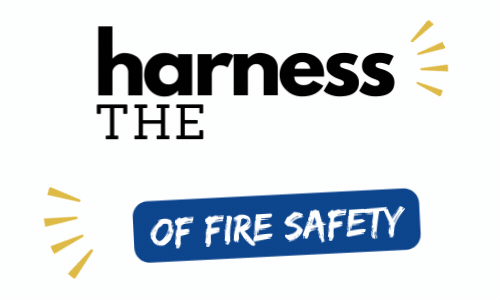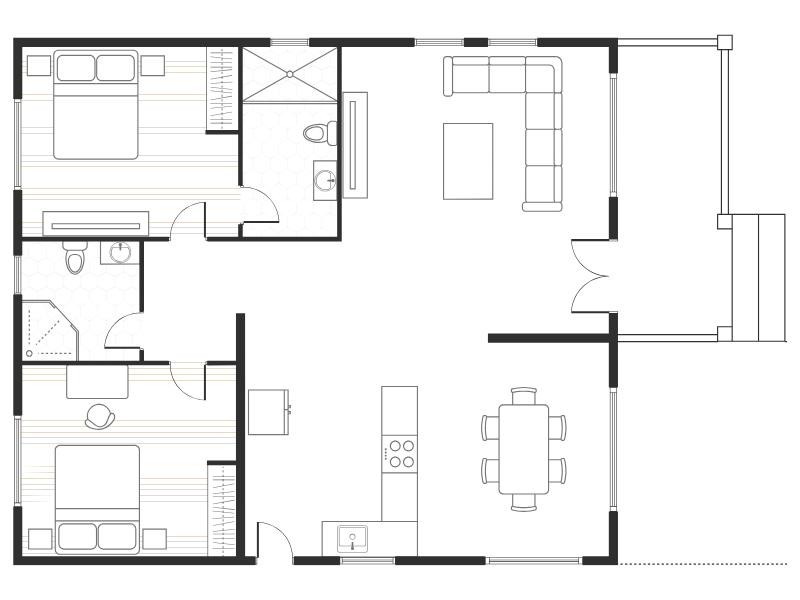Fire Prevention Begins with You
 Welcome to the Oregon State Fire Marshal's Fire Prevention Education page. Our goal is to help you keep your home and loved ones safe from the risk of fire.
Welcome to the Oregon State Fire Marshal's Fire Prevention Education page. Our goal is to help you keep your home and loved ones safe from the risk of fire.
Did you know that the top causes of home fires include
cooking,
home heating, and
electrical issues? By understanding these risks and taking simple precautions, you can significantly reduce the chances of a fire in your home. In 2023, 2,518 home fires in Oregon caused $119.5 million in losses.
Smoke and carbon monoxide alarms are two of the best things to have in your home in case of a fire or carbon monoxide leak. In 2023, there was no smoke alarm present in 417 of Oregon's reported home fires.
Explore our resources and tips to learn how to prevent fires and protect what matters most.
Let's be #FireSafe
Use the labeled points on the floor plan to learn more about fire safety topics. You can click on the points or navigate using your keyboard (Tab key) and activate the links (Enter key).
Interactive Fire Safety Floor Plan (WCAG AA)

Home Fire Escape Planning
If you cannot view or interact with the map, here are the direct links to the safety topics: